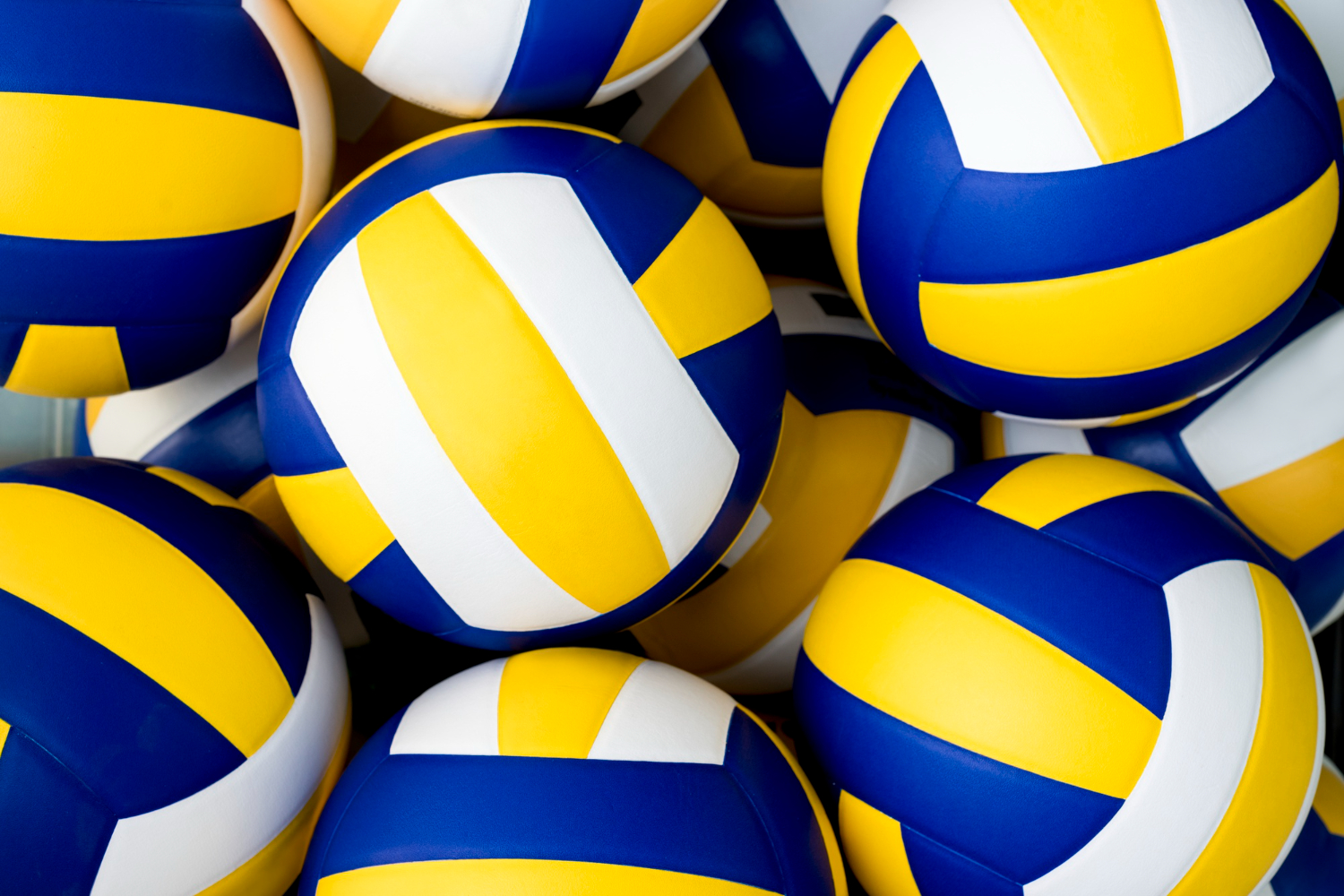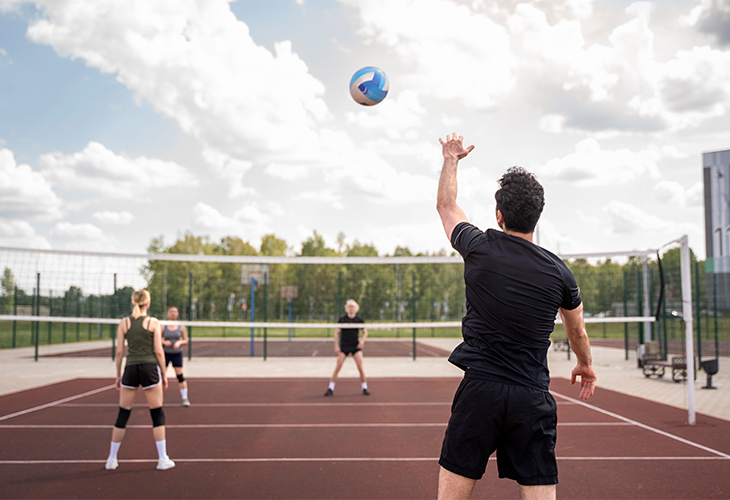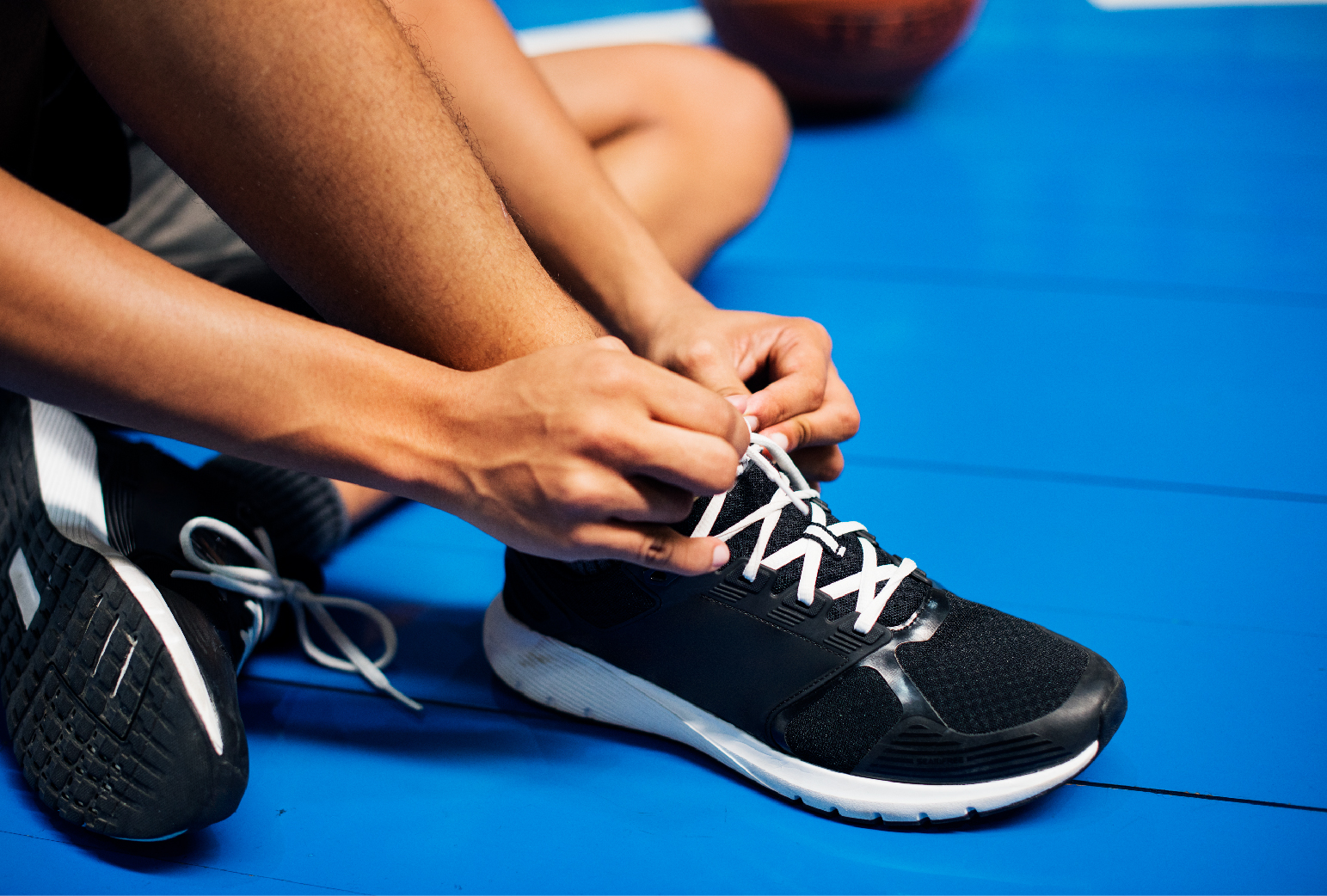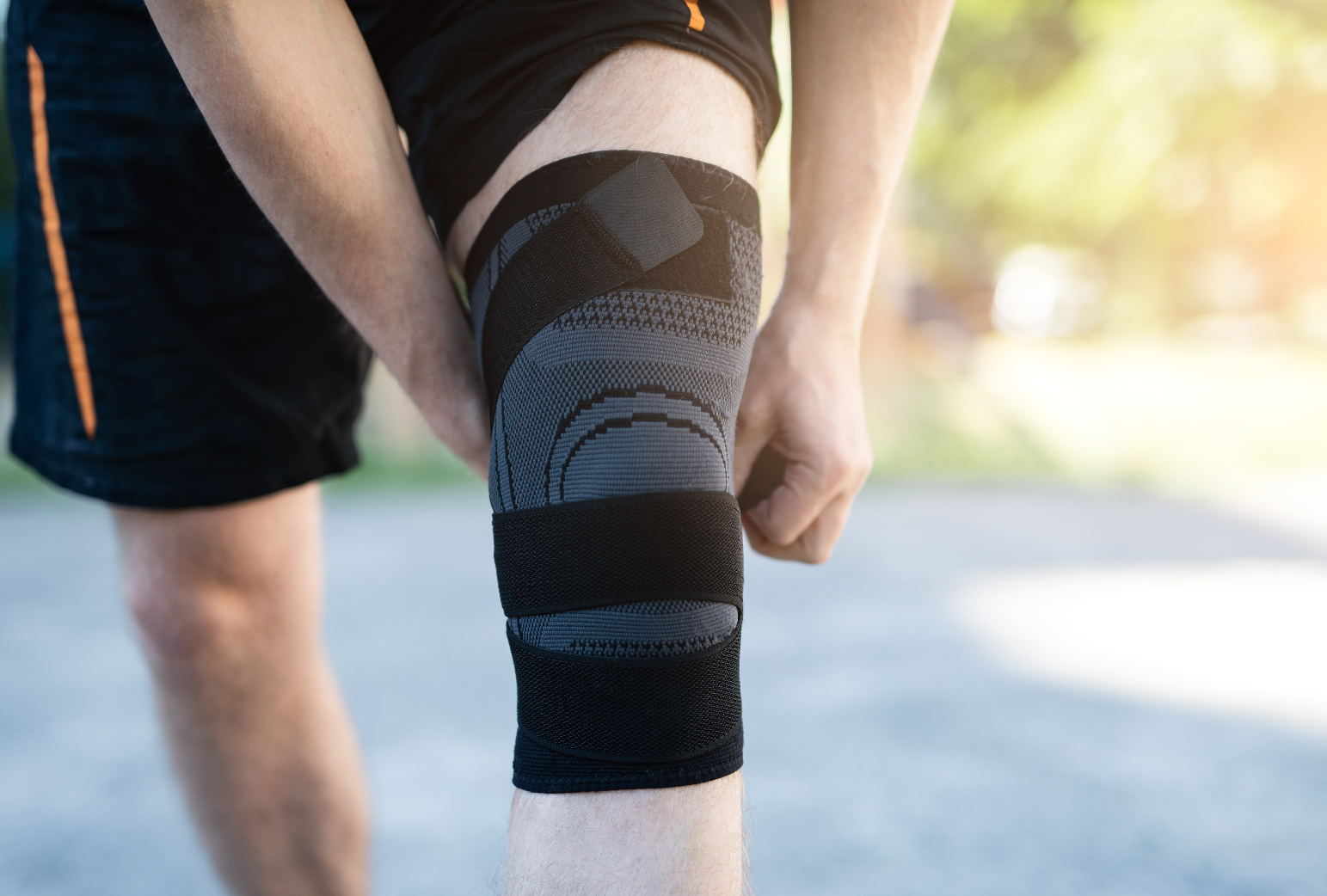

The thrilling sight of huge swings and amazing catches that result in points is a common part of watching a professional volleyball match. Who, however, is making the decisions to carry out these strategies? Here we will guide you about what is a volleyball setter and their roles in the game.
The volleyball setter is the one who receives the second ball and determines where it will go by observing the position of the opposing blockers and the direction of the first pass.
During the match, the setter must maintain composure, use their brains, and make split-second judgments.
The remainder of the work may begin with that out of the way. The volleyball setter position is worth exploring.
Setters must stick to specific regulations throughout matches to save their side from losing a point. Let’s learn the rules for volleyball setters.
Skills for a setter to carry out their duties effectively, they need certain abilities.
Setters need to be highly skilled athletes who can perform a variety of athletic motions with perfect precision. Some of them are:
The footwork of a volleyball setter is crucial to their game. It must be quick and accurate. In addition to being quick, they should be able to move forward, backward, and sideways quickly.
Volleyball setters must be fast while changing directions, whether to go from defense to attack or to intercept a pass. Superior quickness and control of one’s body are necessary for this.
Setters don’t require hitters’ horizontal jumps, but they still need to be able to jump well to set throws over blocks and at higher levels.
When setting on the move or out of balance, it is vital to have a strong core to retain balance and control.
Setters must possess dazzling reactions to respond swiftly to rapid plays and unforeseen circumstances.
A volleyball setter may improve their setting skills by engaging in drills. A better setter is the result of regular practice with exercises. A setter may improve their skills by following the drills listed below.
Related Article: Volleyball Passing Drills
About 8 to 10 feet apart, two companions sit cross-legged. They set the ball by going around in circles. Removing the legs from the set allows for the buildup of stronger wrists and arms. Players should carefully consider where to put their hands and arms for each set. Getting it to its target goal should include a high-arcing set. It is an excellent practice for younger players who are just getting their feet damp as a setter.
About 8 to 10 feet from the wall, the setter delivers a set by tossing the ball upwards. The setter will take another look at the ball as if setting it again to practice hand formation. After getting the hang of it, the setter may test their ability to put the ball to the wall and back again to see how many sets they can complete without falling. Always use the correct setup arrangement and keep your dominant foot forward when doing this exercise.
The setter takes on the role of both the defender and the serve in this more complex practice. There are five players on one side of the net and six players, including the setter, on the other side at the beginning of the match. On the six-player side, a coach gets ready the ball for the hitter to hit. The setter crosses over to set on the other side of the net whenever the ball crosses over. The eleven-player drill takes its name from the fact that the setter moves between the two sides of the court to set the ball for the strikers.
A partner stands around 3 to 5 feet apart from the setter. The setter receives short passes from each player and rapidly sets the ball to their partner while maintaining control of the ball. Despite the ball’s small distance, the goal is to maintain control over it. Setters have a great deal of fine control over the ball, which allows them hand movement flexibility. The goal is to improve their hand-eye coordination while practicing control of the ball.

Hi, I'm David Muse, the founder of Volleyball Spikes. My days are spent with workouts and article writing, mostly for Volleyball Spikes. With 15 years of expertise and a history of competing on an international scale... It's fair to say that my knowledge of volleyball is pretty good.
MEGA4D is your go-to destination for comprehensive knowledge about volleyball game-play. Get a complete buying guide to the best and latest volleyball equipment, learn about volleyball positions, rules and training to train yourself with expert experience!



Subscribe to our newsletter and we’ll send you the emails of latest posts.
Copyright © Volley Ball Spikes 2023. All Rights Reserved Design By Digital Korbax LLC